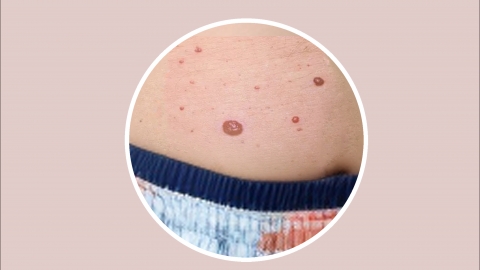How large does a liver hemangioma need to be to require treatment?
Liver hemangiomas are not treated based solely on size. Treatment is generally considered when the diameter exceeds 5 centimeters and symptoms or risks are present; smaller hemangiomas without discomfort typically require only regular monitoring. If in doubt, it is advisable to seek medical consultation early. Detailed analysis is as follows:

Hemangiomas larger than 5 cm in diameter, especially those causing compressive symptoms such as abdominal pain or bloating, or located near the liver edge or areas rich in blood vessels with a risk of rupture and bleeding, may require treatment. Additionally, even if the diameter is less than 5 cm, hemangiomas that grow rapidly or show significant enlargement over a short period should be evaluated for treatment to prevent potential complications.
Immediate treatment is usually unnecessary when the hemangioma is smaller than 5 cm and causes no symptoms or compression to liver function or surrounding tissues. These hemangiomas tend to grow slowly and have an extremely low risk of malignant transformation, do not affect daily life, and can be monitored regularly via imaging studies without excessive medical intervention that could burden the body.
After detection of a liver hemangioma, regular follow-up exams are necessary to assess its size and growth trend. Avoid strenuous exercise or abdominal trauma to reduce the risk of rupture. Seek prompt medical evaluation if symptoms such as abdominal pain or discomfort occur, and follow individualized recommendations from a qualified physician.






